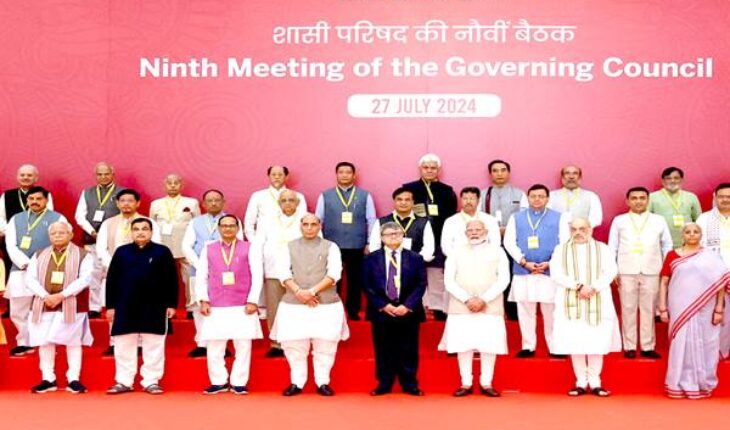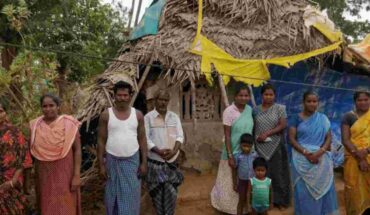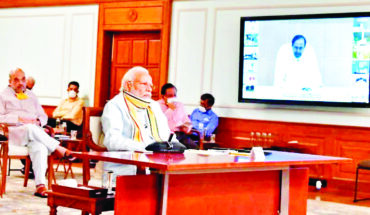The recent boycott by seven Chief Ministers of the ninth Governing Council meeting of the NITI Aayog, chaired by Prime Minister Narendra Modi, has sparked a crucial debate about the think tank’s efficacy and its perceived role as an advisory body. The protest, driven by dissatisfaction over allocations and projects in the Union Budget, highlights a deeper issue of discontent among States, especially those governed by the opposition. The NITI Aayog, established to replace the Planning Commission, aimed to foster cooperative federalism by moving away from a top-down approach. However, its limited role in resource distribution and focus on creating state indices has inadvertently fostered competitive federalism. This dynamic has left the Finance Ministry with significant control over state grants, reducing the scope for consultation with States—a practice the Planning Commission facilitated despite its own criticisms. The BJP’s political strategy of promoting “double engine” governments has further complicated matters. Opposition-ruled States allege preferential treatment for BJP-ruled States in investment projects. This perception of bias is exacerbated by the NDA government’s dependence on support from Bihar and Andhra Pradesh, regions with notable developmental challenges. Finance Minister Nirmala Sitharaman’s targeted budgetary support to these States underscores this contention, despite her intentions to address developmental deficits. To address the growing dissatisfaction, there is a compelling need to re-envision the NITI Aayog. Restoring some of the Planning Commission’s responsibilities, particularly in terms of consulting with States on grants and projects, is essential for genuine cooperative federalism. While the Finance Ministry and the 16th Finance Commission focus on macroeconomic stability and financial system health, a balanced approach necessitates robust institutional support for state-level infrastructure and capital investments. Revitalizing the NITI Aayog with these considerations can bridge the current disconnect, ensuring that the vision of coope rative federalism is realized, fostering balanced growth and development across all Indian States.
Reformed NITI Aayog to boost federalism
Published Date: 03-08-2024 | 1:01 am





